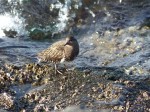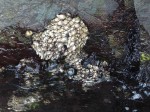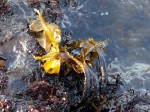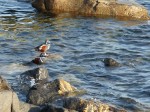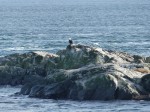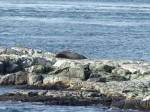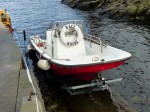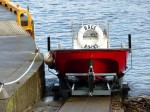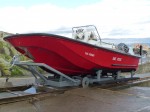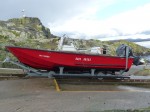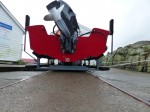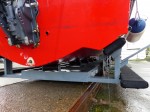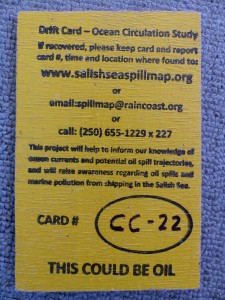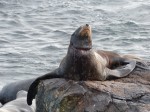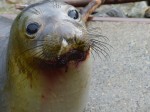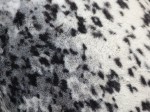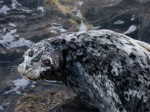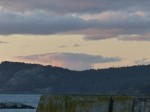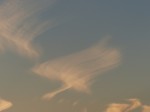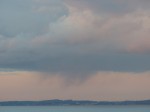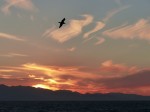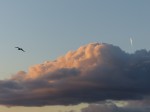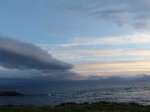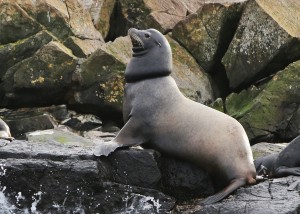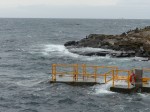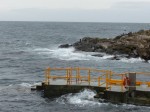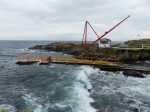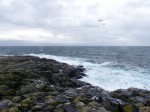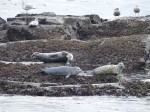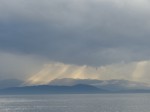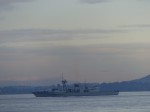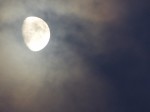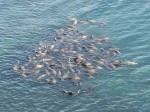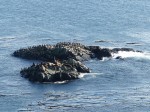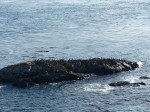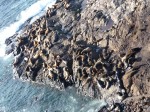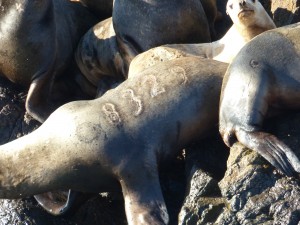Cloudy with light wind in the morning. Calm seas. Rain. Moderate NE winds in the afternoon. Low East swell.
The helicopter landed around 1000 hrs
It came in from the East. Circled Greater Race once. Then on it’s second trip around it nosed in from the South-East and landed on the helicopter landing pad at 1007.
As best as I can tell there were 3 people inside it.
They stayed for less than 5 minutes. The guy in the back at the sliding door took pictures of the lighthouse. In the photograph you can see he’s only using his cell phone.
The number on the side was 437.
-
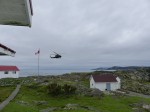
-
Helicopter
-
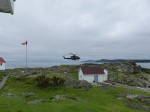
-
Helicopter
-
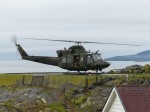
-
Helicopter
Our seawater sample methods have changed as of tomorrow. Our contact at IOS informed me that we will now only be using the digital YSI salinity and temperature meter. And once a month we are supposed to collect a sample using the old method for quality control and to monitor any measurement drift on the digital meter
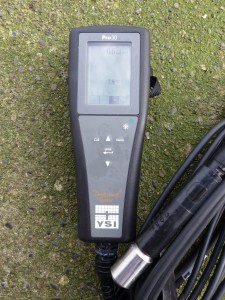
YSI digital salinity and temperature meter. Provided by the Institute of Ocean Sciences
Off station from 1130 to 1330
Jamieson is back on the big island
-got gas
-took in garbage and regular recycling
-took in electronics for recycling
-worked on SOP

